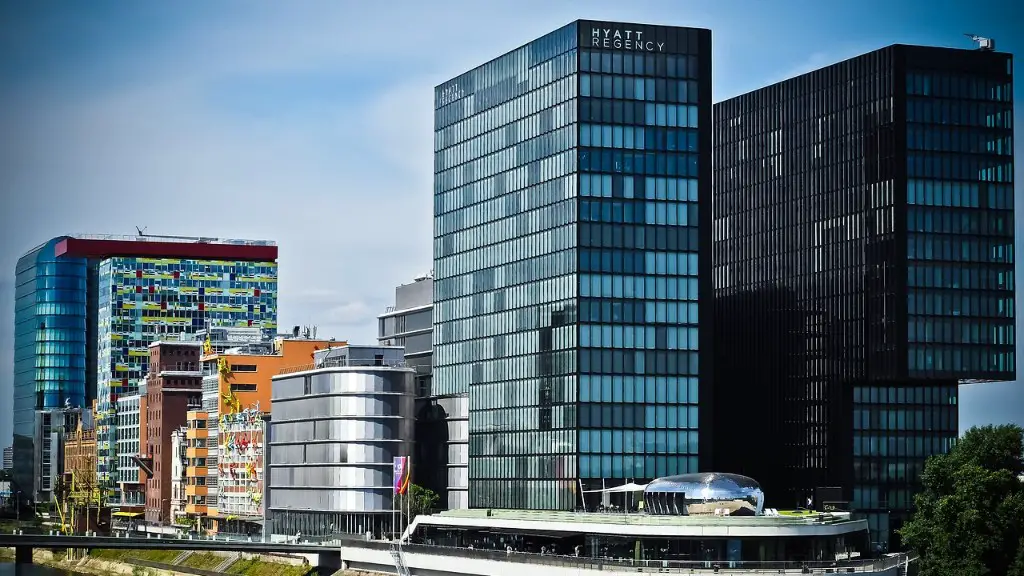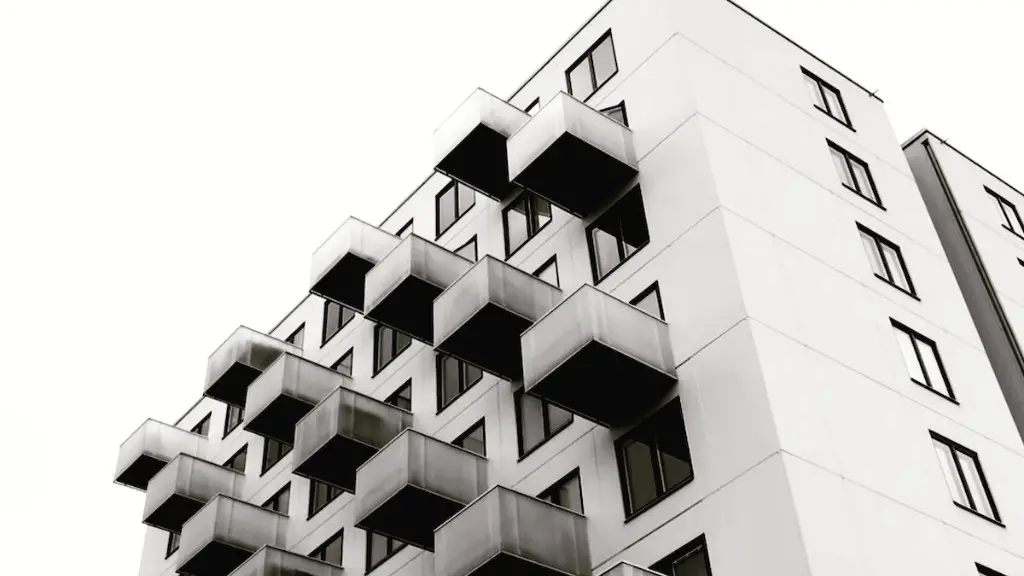Introduction: Green Architecture Benefits
Green architecture is all about designing buildings and other structures in a way that enhances the environment surrounding it, with the use of sustainable materials and energy-efficient systems. It has quickly become one of the most popular trends in the architecture industry, due to its many benefits. From reducing energy costs, to promoting a healthier and vibrant urban life, green architecture can lead to a wide range of cost savings, health, and environmental benefits.
Environmental Benefits of Green Architecture
Green architecture offers many opportunities to reduce the amount of energy we use. This is because green architecture typically uses smart designs to maximize the amount of natural light that enters the building or space, reduce the need for lighting, reduce energy costs, and reduce greenhouse gas emissions. Natural light provided by windows or skylights can significantly reduce electricity needs, while the use of renewable materials can limit the use of toxic materials and their emissions.
Green architecture also helps promote a healthier and cleaner environment. Sustainable materials such as those used in green construction tend to have far less effect on the environment than traditional materials such as steel, concrete, and timber. Furthermore, green architecture often utilizes natural ventilation, passive cooling, and other methods to reduce the need for air conditioning and other costly artificial air conditioning methods.
Social Benefits of Green Architecture
Green architecture goes beyond environmental impacts and can also increase the quality of life for those living in or around a green building. Buildings designed with green principles often provide features such as green space, access to public transportation, and renewable energy. These features not only reduce carbon emissions and energy costs, but also improve air quality and the aesthetic of neighbourhoods.
Green architecture can also be especially beneficial for vulnerable populations. By utilizing natural light, efficient insulation, and other features, green architecture can ensure comfortable heating and cooling as well as reduce energy costs. This is especially critical for people in low-income communities who often cannot afford energy-saving products or technologies.
Economic Benefits of Green Architecture
Green architecture can provide significant economic benefits, both for individuals and businesses. These benefits come in the form of reduced operating costs over time, as well as in the form of jobs from the construction and design of green building projects. As more people and businesses become aware of the potential of green architecture, the demand for such projects will likely increase as well, leading to even more job growth.
Additionally, green architecture can also help stimulate the overall economy by saving energy costs for both individuals and businesses. By utilizing green principles, businesses can save money on energy costs, thereby allowing them to put more money into local investments and other economic activities that can further benefit the community and economy.
Challenges and Limitations of Green Architecture
Despite the many benefits of green architecture, there are still some challenges and limitations that must be addressed. For example, green building materials tend to be more expensive than traditional materials and can be difficult to find and use. Furthermore, green building projects often require the extensive involvement of local and state governments, who often do not have the resources or the expertise necessary to successfully design and build a green building.
In addition, green architecture is still in its infancy and there is a lack of standards and guidelines when it comes to implementing such a project. This makes it difficult for builders and contractors to ensure that a green building project meets all of the necessary requirements, which can be costly. Furthermore, most green building materials are not easily recycled or reused, making it hard to find reuse solutions.
Conclusion of Why Green Architecture
Green architecture is an increasingly popular trend in the architecture and construction industries, and its many benefits are undeniable. It can reduce energy costs, promote healthier environments, provide access to public transportation, and stimulate economic and job growth. However, it is important to recognize the challenges and limitations that come with green building projects, and to ensure that all necessary requirements are met in order to successfully design and build a green building.

